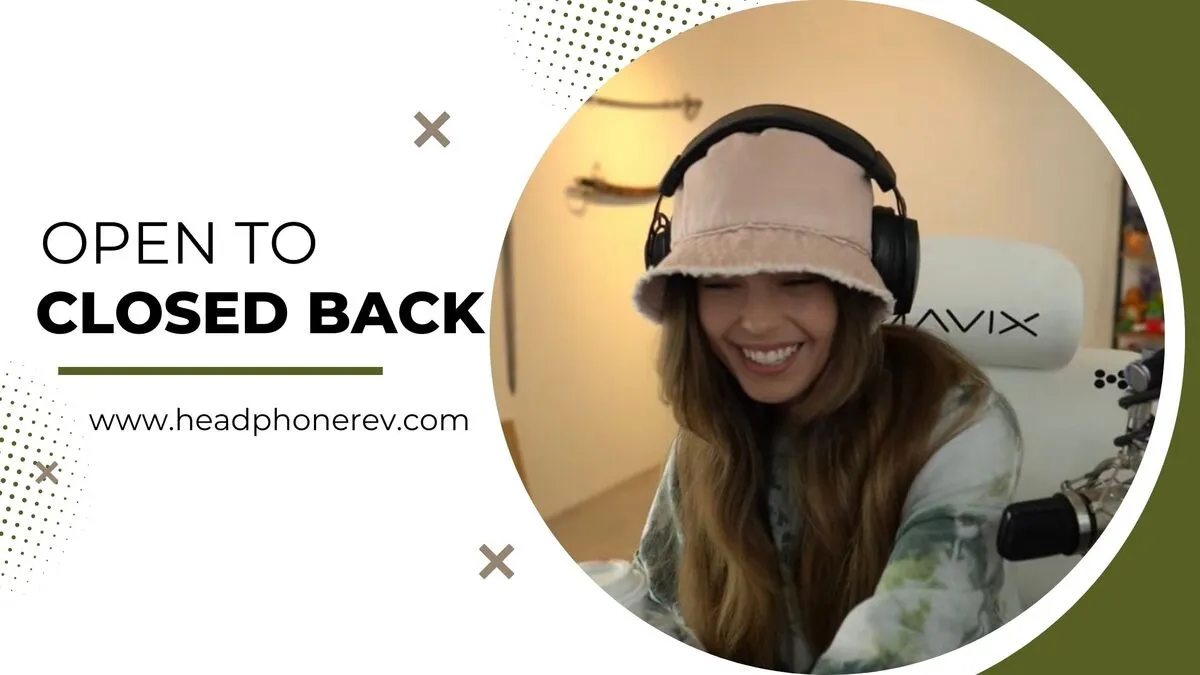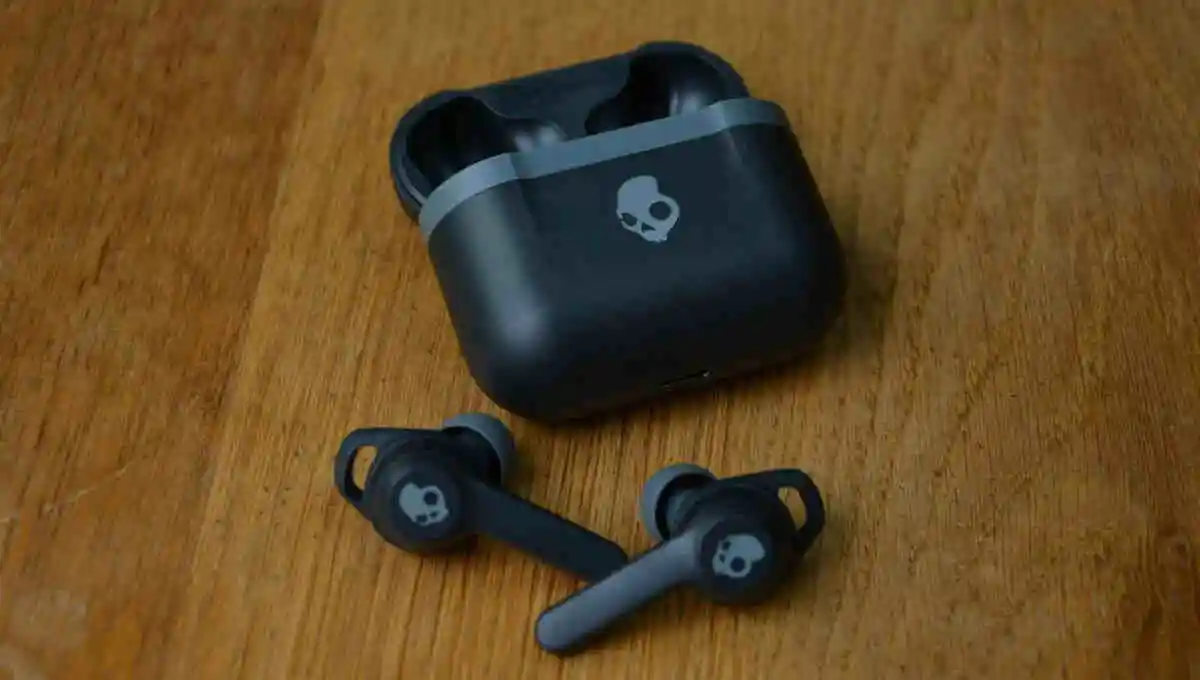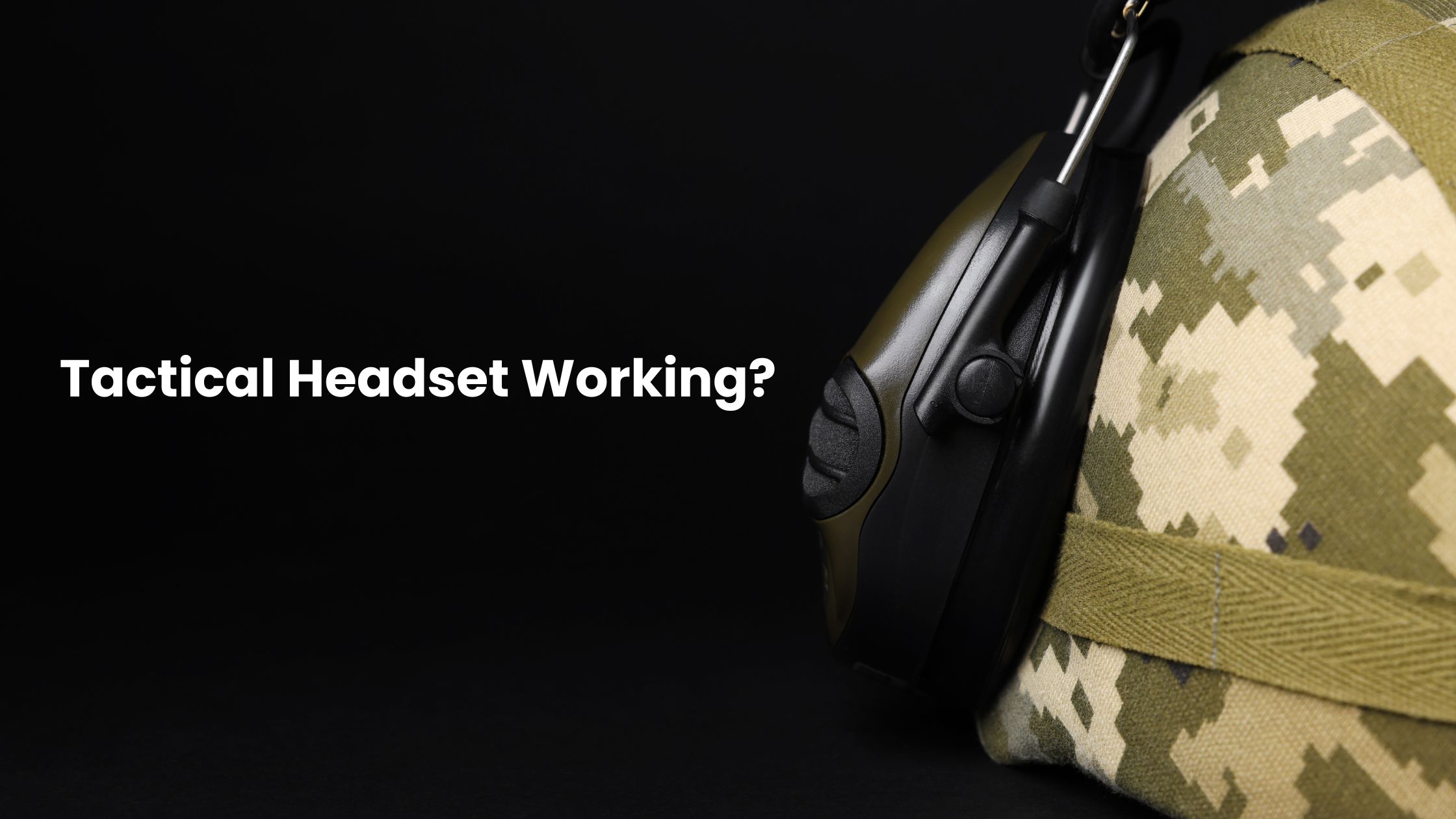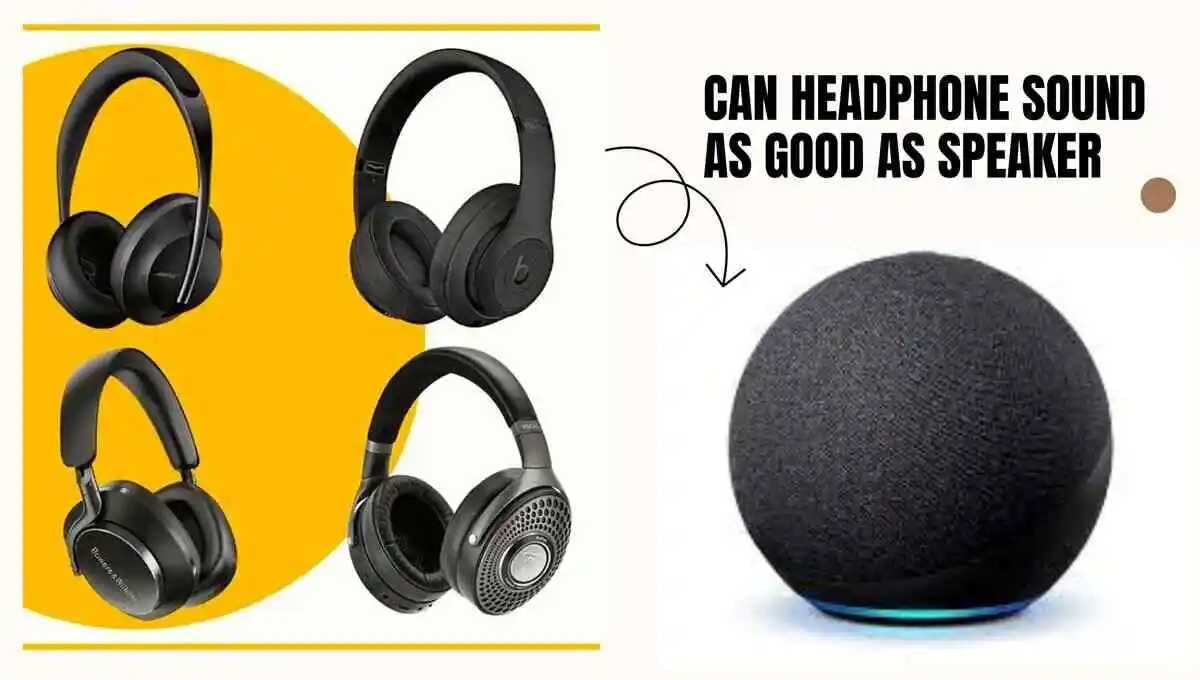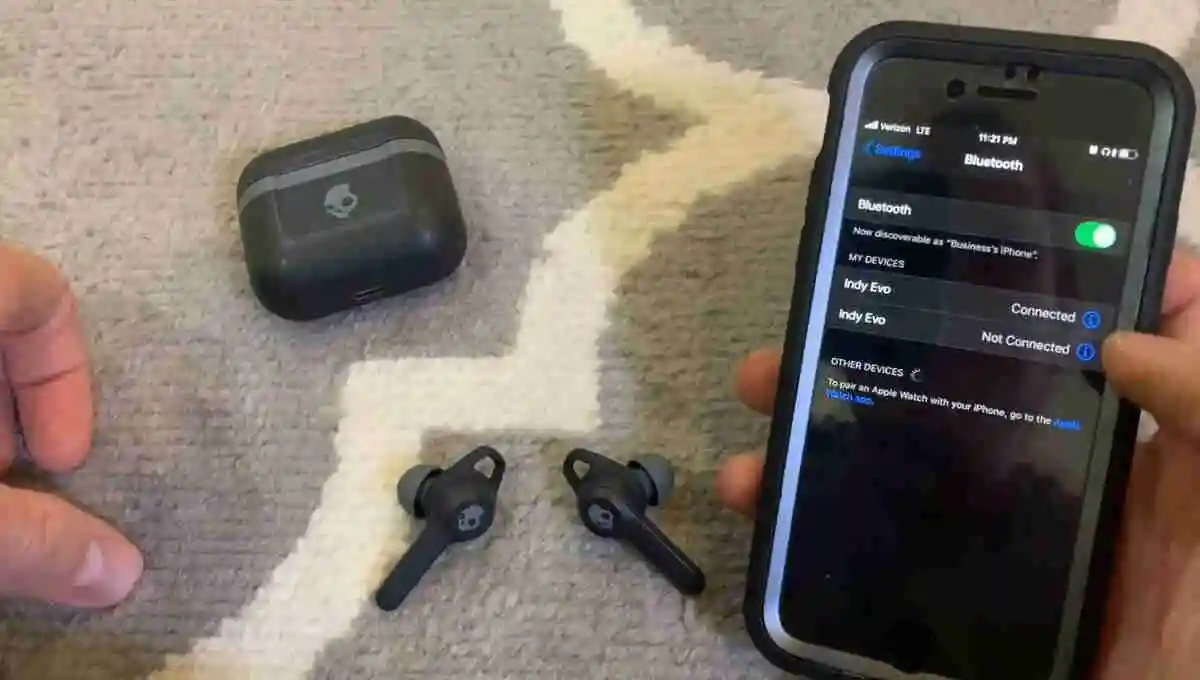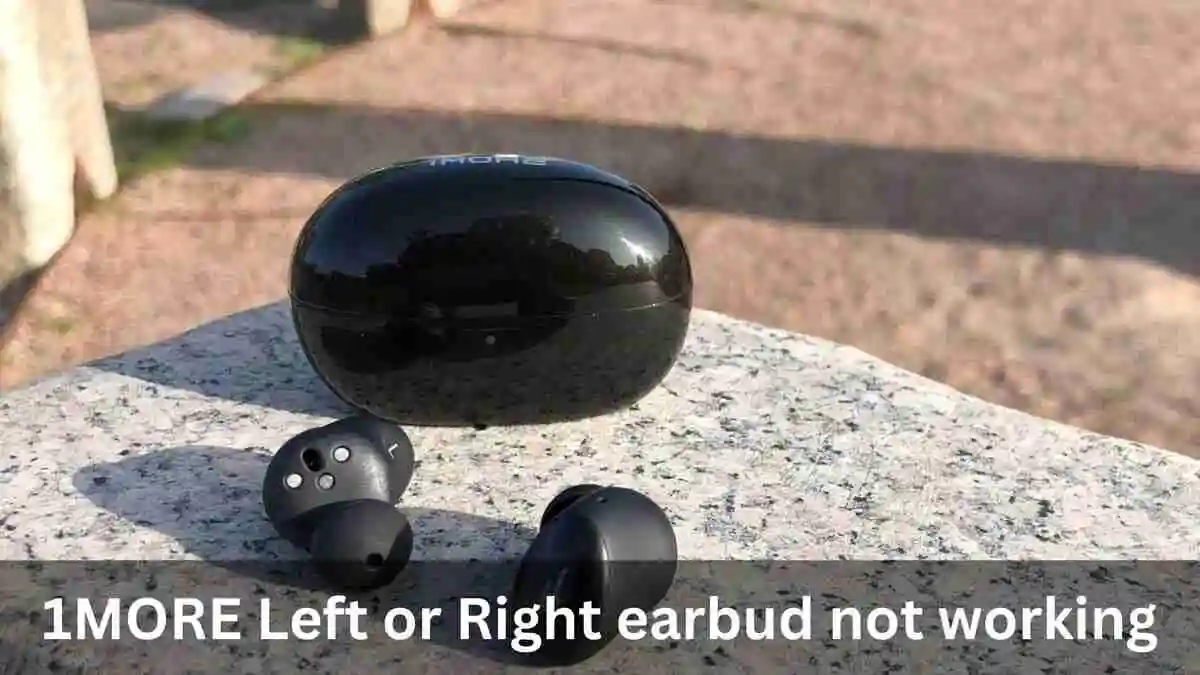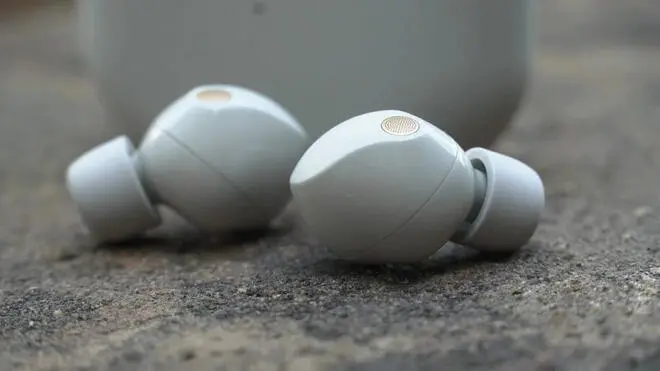When it comes to open-back headphones, they are cherished for their wide soundstage and natural audio reproduction. However, there are instances where you might desire a closed-back design to enjoy better noise isolation and prevent sound leakage.
If you’re seeking alternative methods to convert your open-back headphones into closed-back, this article presents threel fixes how to make open back headphones closed. By implementing these techniques to convert open to closed back headphones, you can achieve a more secluded and immersive sound.
Let’s explore these solutions in detail!
How To Make Open Back Headphones Closed (3 Ways)
Method 1: Acoustic Dampening Material
Adding acoustic dampening material to the internal parts of your open-back headphones can effectively reduce sound leakage and create a closed-back effect. Here’s how you can proceed:
- Disassemble your headphones, following the manufacturer’s instructions.
- Identify the internal areas that contribute to sound leakage.
- Apply acoustic dampening material, such as foam or specialized adhesive-backed pads, to these areas.
- Reassemble the headphones and test the sound quality to ensure the modifications have been successful.
Method 2: Active Noise Cancellation (ANC)
While the previous methods focused on passive sound isolation, incorporating active noise cancellation technology can take your closed-back experience to the next level.
ANC uses microphones to detect external sounds and generates anti-noise signals to cancel them out.
Here’s how you can integrate ANC into your open-back headphones:
- Research and purchase an external active noise cancellation module or adapter compatible with your headphones.
- Connect the module to your audio source and headphones according to the manufacturer’s instructions.
- Activate the ANC feature and adjust the settings to your preference.
- Enjoy the benefits of both closed-back design and active noise cancellation.
Method 3: Consider Closed-Back Headphone Alternatives
If the above methods do not provide the desired results or if you prefer a hassle-free solution, it might be worth considering investing in a dedicated pair of closed-back headphones.
While modifying open-back headphones can yield positive outcomes, it may not match the performance and sound quality of purpose-built closed-back models.
Research various closed-back headphone options and choose a pair that meets your requirements and budget.
Conclusion
In conclusion, modifying open-back headphones to achieve a closed-back effect opens up a world of possibilities for audio enthusiasts.
By considering alternative fixes such as passive noise isolation, acoustic dampening material, and closed-back headphone alternatives, you can personalize your listening experience according to your preferences.
Whether you opt for enhanced sound isolation through specialized ear pads, apply acoustic dampening material to reduce sound leakage, or explore purpose-built closed-back models, the choice ultimately depends on your specific needs and desired audio quality.
Embrace these solutions and embark on a journey towards an enhanced closed-back headphone experience.
